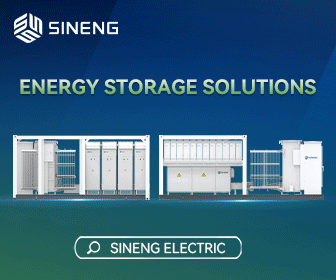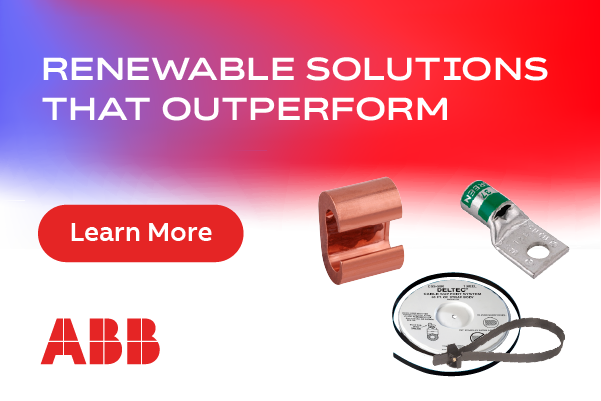The Gray Behind the Green
Several industries are doing their part in reducing waste, and minimizing their use of fossil fuels by switching to battery-powered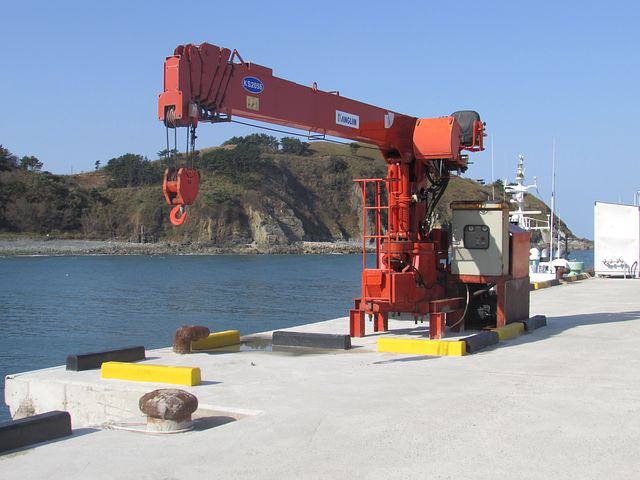 vehicles. For example, rental agencies that provide construction, cleaning, and small delivery vehicles to a variety of markets, have seen a greater demand for battery-powered access lifts, cranes, fork lifts, floor cleaning machines, and more. The latest developments in battery technology allow for lower energy consumption, and longer runtime between charges. The shift towards battery powered equipment has helped many industries move to the forefront of the green movement.
vehicles. For example, rental agencies that provide construction, cleaning, and small delivery vehicles to a variety of markets, have seen a greater demand for battery-powered access lifts, cranes, fork lifts, floor cleaning machines, and more. The latest developments in battery technology allow for lower energy consumption, and longer runtime between charges. The shift towards battery powered equipment has helped many industries move to the forefront of the green movement.
In addition to the obvious advantages (zero-emissions and using less fossil fuel), many companies are discovering that battery powered machinery and vehicles are also more cost effective, and can ultimately reduce annual operating costs, and boost profits. While this sounds like a great way to become "greener" on a large scale, there is still some confusion as to which types of batteries provide the greatest benefit to the environment, especially from the standpoint of manufacturing and recycling.
Recycling Lithium and Flooded Lead-Acid
While lithium-ion batteries are gaining in popularity, they can't match the recyclability of lead-acid batteries. The Battery Council International (BCI) has released a study showing that lead batteries have a recycling rate of 99.3 percent1. This makes lead batteries the most recycled consumer product in the U.S., ahead of commonly recycled products like aluminum and steel. In addition to this remarkable recycling rate, lead batteries are unique in that new batteries are comprised of roughly 80 percent recycled lead battery material. According to a study in The Journal of The Minerals, Metals & Materials Society(TMS), approximately 95 percent of Li-ion batteries are landfilled instead of recycled upon reaching end of life2. This is mainly due to the purity requirements of raw materials, which are so high that it is not economically feasible to recover the materials for new battery production.
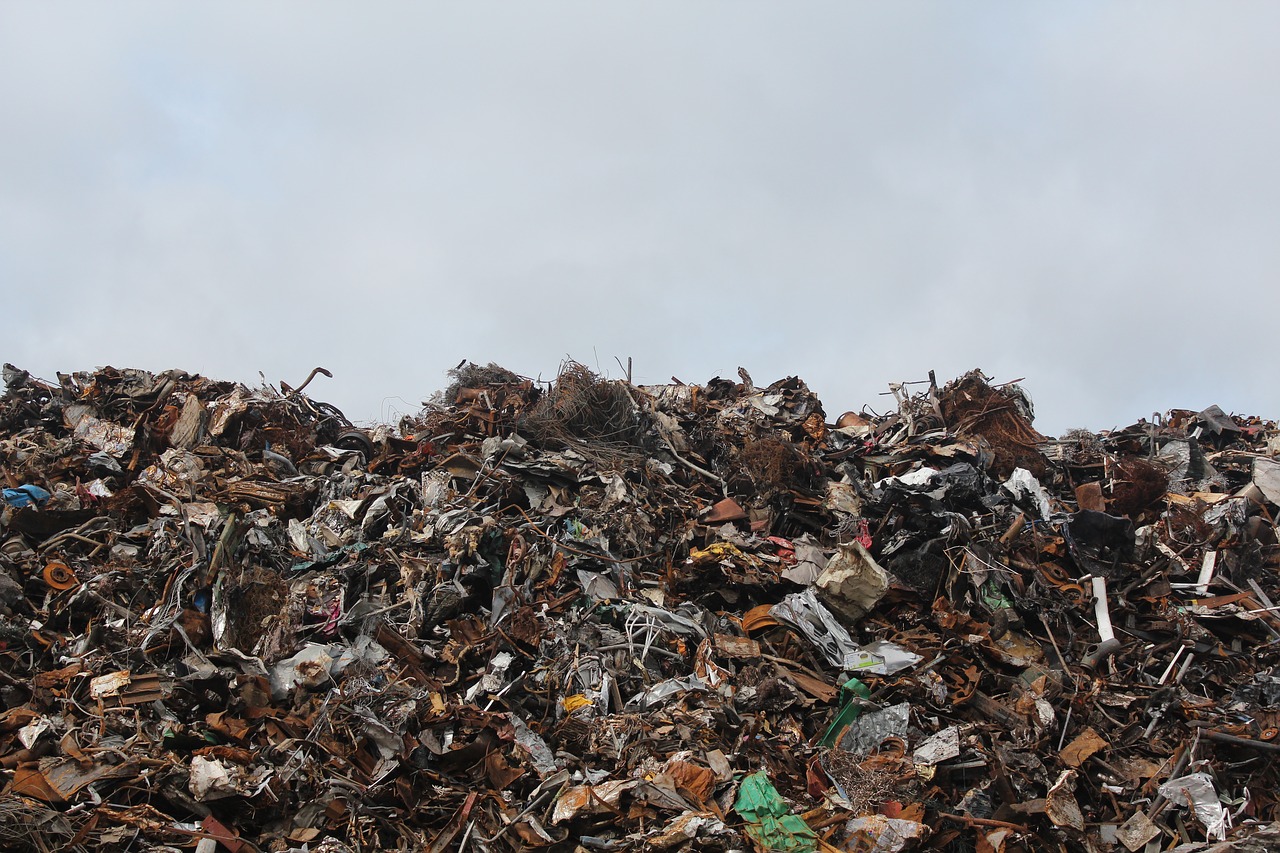
According to the BCI, lead recyclers undergo some of the most restrictive emissions regulations in the U.S. The process of recycling lead, combined with tough emissions standards, has produced new methods of recycling with reduced emissions that are far below EPA regulations. The BCI also reports that contamination in the air from lead recycling plants has dropped by 99 percent since 1980. A recent study released by the organization suggests that the U.S. lead battery industry also enables more than 95,000 jobs for American workers, and contributed more than $28 billion in total economic output to the national economy in 20163.
Sourcing Materials
While striving for greater environmental solutions, battery manufacturers also recommend looking behind the scenes, at how and where the materials for making batteries are sourced. While lead from batteries is almost 100 percent recycled, lithium battery manufacturers rely heavily on raw materials sourced from mines to produce batteries. Due to growing demand for lithium, the sources of these materials are under intense scrutiny. A recent article in the Wall Street Journal, written by Scott Patterson and Russell Gold, highlighted the race to control raw materials for the lithium battery industry. Cobalt is a key component used in manufacturing lithium batteries. Producers are rushing to pull massive amounts of cobalt from mines in the Congo region of Africa. Consequently, there is an effort to secure the area's natural resources, in anticipation of the predicted growth of electric vehicles. Mining companies that use freelance or child labor, operating under poor safety conditions, are attracting human rights groups such as Amnesty International to look into these supply chains.
Not all lithium battery manufacturers source their raw materials from unscrupulous mining operations, but increasing demands mean a surge for raw materials on the open market. Equally troubling is what happens to these batteries once they have reached end of life - most wind up in landfills or lead battery recycling centers, causing fires and explosions.
Hazardous Battery Waste 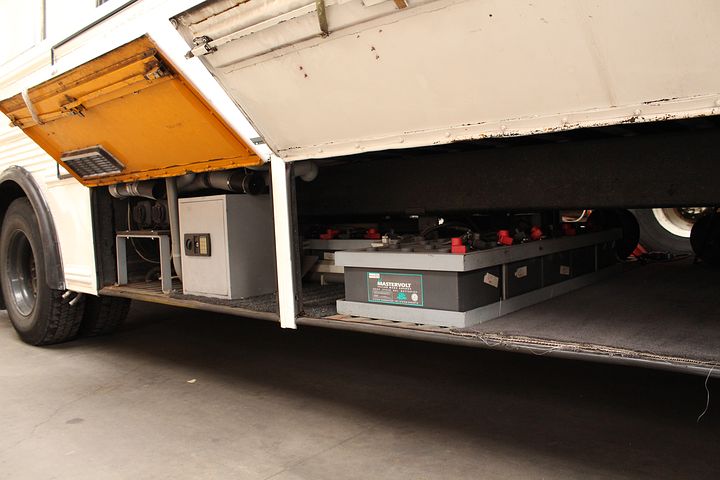
According to the article in USA Today, lithium-ion battery manufacturers are pleading with consumers not to throw used batteries in the trash or recycling bin. The article states that 65 percent of recent waste facility fires were a direct result of lithium-ion batteries that were tossed in the garbage.
Call2Recycle, a national recycling program funded by battery manufacturers, reported that there's a high possibility of explosions in waste facilities when lithium-ion batteries from electronic devices are included in the garbage. As an example, USA Todayalso reported that lithium-ion batteries were the cause of a five-alarm fire in a recycling facility in Queens, New York, which burned for two days. A recycling plant in Indianapolis shut down after a fire from lithium batteries, and there was an explosion in a garbage truck in New York City after workers compacted waste that ignited a lithium battery.
In California alone, the problem has reached a point that the state is launching an awareness campaign to get consumers to keep these batteries out of the garbage and out of lead-acid battery recycling centers. In an effort to curb improper disposal of used lithium batteries, some areas are encouraging consumers to put the batteries in a plastic bag and set them on top of their trashcans for pickup. In addition, some retailers such as Home Depot, Lowes and Best Buy, according to USA Today, have recycling centers for used lithium batteries.
While lithium batteries are more widely used in mobile devices and computers, the rental equipment industries are still using mostly flooded lead-acid (FLA) batteries. The reason, according to many equipment manufacturers, is that current lead battery types remain the most cost effective solution for powering these types of vehicles. Although lithium battery packs may provide longer cycle life, experts suggest comparing total life cycle costs between FLA and lithium battery packs with similar energy content (kilowatt-hours); flooded lead-acid battery packs have been shown to provide the most cost-effective solution, at a total of the initial purchase cost and the operational cost per kilowatt-hour.
It's easy to see why many industries continue to use flooded lead-acid batteries - they're easier on the environment and better for the bottom line.
Dan Sanchez is a journalist, author, and media content provider to a variety of energy companies such as U.S. Battery Manufacturing.
U.S. Battery | www.usbattery.com
1 https://essentialenergyeveryday.com/wp-content/uploads/2018/01/EEE_Sustainable_FactSheet.pdf
2Heelan, J., Gratz, E., Zheng, Z. et al. JOM (2016) 68: 2632. https://doi.org/10.1007/s11837-016-1994-y
3 Lead Battery Industry Provides Billions in Economic Benefit, Provides Gateway to Middle Class - Battery Council International February 1, 2018
Volume: 2018 July/August








